Ever since Mike Johnston and John Kennerdell first broached and defined, in western terms the subject of Boke Aji (flavour of blur or the simplified term Bokeh*), the photographic world has adopted it hungrily in both terminology and action. Many misconceptions are found when any new idea is posed and Bokeh is no exception. The most recent definition looks to be lots of smooth creamy blur and shallow depth of field with special attention paid to "blur discs" or circular highlights of out of focus. When designers work towards a lens, they take into account a lot of factors and in the current climate, Bokeh is definitely one of them, but maybe, like a lot of things that become trends, it's pundits are becoming too focussed on only one feature offered.
*(Boe as in bone - keh as in kestral)
What is Bokeh?
Bokeh is the rendering of those parts of the image that are out of focus, both on their smoothness or "shape" and in the manner that they drop off from the field of best focus, this includes all images with more, or less depth of field.
Every lens has different Bokeh characteristics, most even change their character as their aperture or focussing distance change. Even a wide angle lens, used at a small or medium aperture must display a Bokeh "flavour" as no image, unless of a completely flat plane can avoid some decay of sharp focus, so the term and it's real application apply to all images to some degree or another. One of the great early Bokeh kings was a semi wide angle lens that displayed it's best look at medium apertures and at medium focussing distances, not the current trend at all.
In days of yore, photographers could often identify the lens used to take an image by these characteristics and how they balanced with contrast and sharpness, even if they had no idea what name this would be given in the future.
Here I will try to give some practical examples of Bokeh as used in the field and will avoid the "wide open only" trend.
The image above was shot with a relatively long lens (120mm-240mm on full frame) at f4.5. The lens used has shown tendencies to create nervous looking "ringlet" Bokeh with background highlights that I find less attractive, but at closer distances and with less bright highlights it renders smooth and pleasant blur. The second flower was blurred enough to reduce distraction, but is cohesive enough to compliment the primary flower. A wider aperture would have possibly made the focussed plant jump off the page a bit more, but the context and support of the rear flower would have lessened, especially the soft detail of the bright leaf in the background may have become just a blob.
Here is example of that same lens showing signs of Bokeh "nervousness". Note the flowers in the background and the not too flat looking focus plane. 150mm f2.8.
This image shows the 17mm Olympus lenses' useful ability to render a very cohesive background even when used wide open. Micro 43 generally gives more depth of field than crop or full frame cameras, as it uses shorter focal length lenses to achieve equivalent magnifications, so the 17mm has the DOF of a 17mm, while used as a 35mm full frame equivalent. An ideal characteristic for a semi wide angle lens is to assist, rather than fight this feature (surely the designers intention). Notice the mans' Kimono is razor sharp, but the out of focus elements of the image do not draw attention overtly to this first, rather your eye is drawn to the woman with glasses. If the drop off was more aggressive, then the image would simply be a sharp back and mushy surroundings. This image was taken late in the afternoon on a rainy day, so the ability to use a wide aperture without having to achieve pin point focus accuracy is a real benefit and I find sometimes quite creative. When using the Panasonic 20mm f1.7 for example, I experienced a strong feeling of "snappy" contrast and sharpness, a nearly "2D cut out" effect against a smooth background, but no room for focus error, a shame as the lens is poor in both AF and MF application. I have also found that the clarity feature, applied by the brush in Lightroom can enhance the illusion of sharpness naturally and gently.

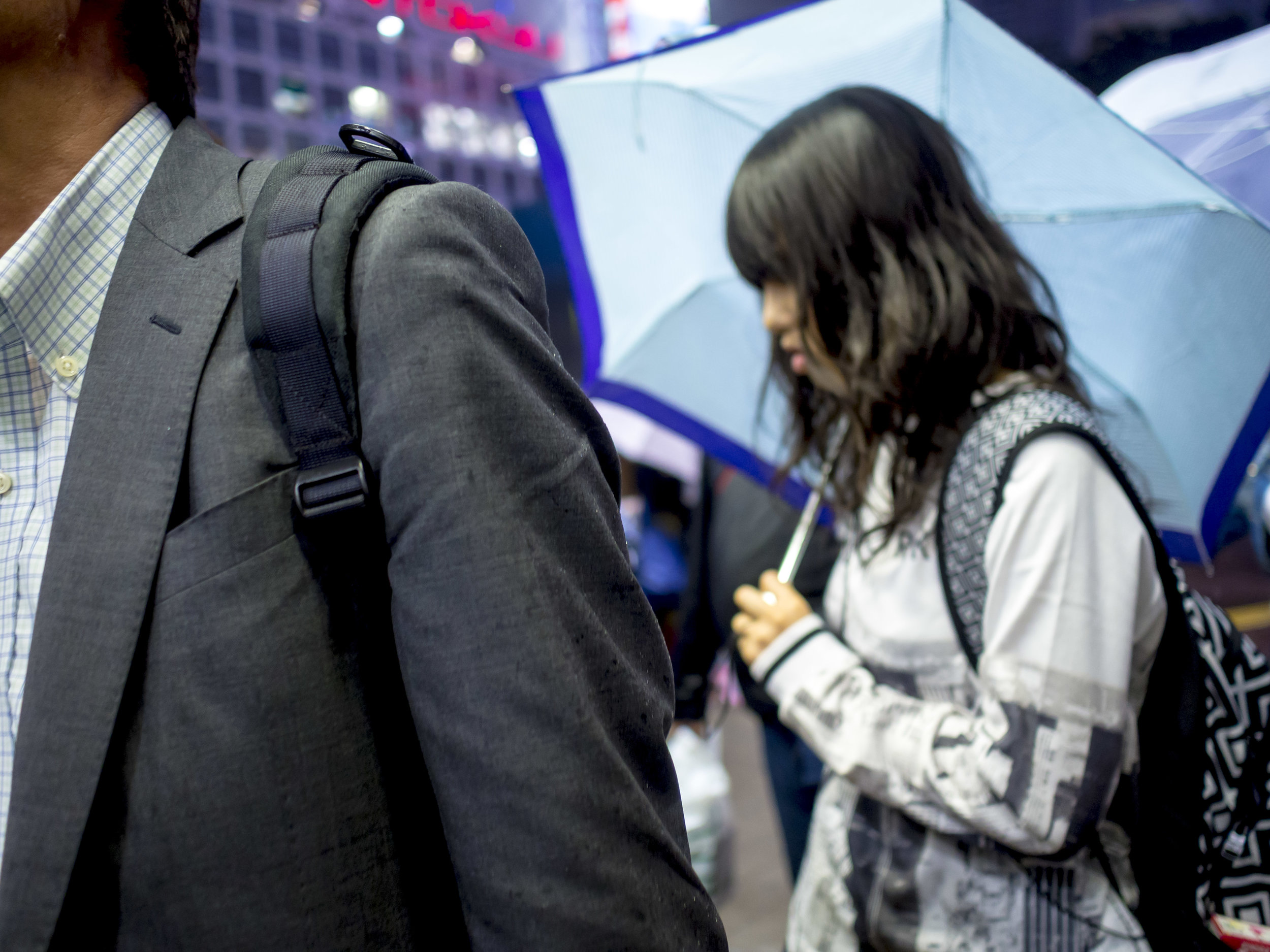
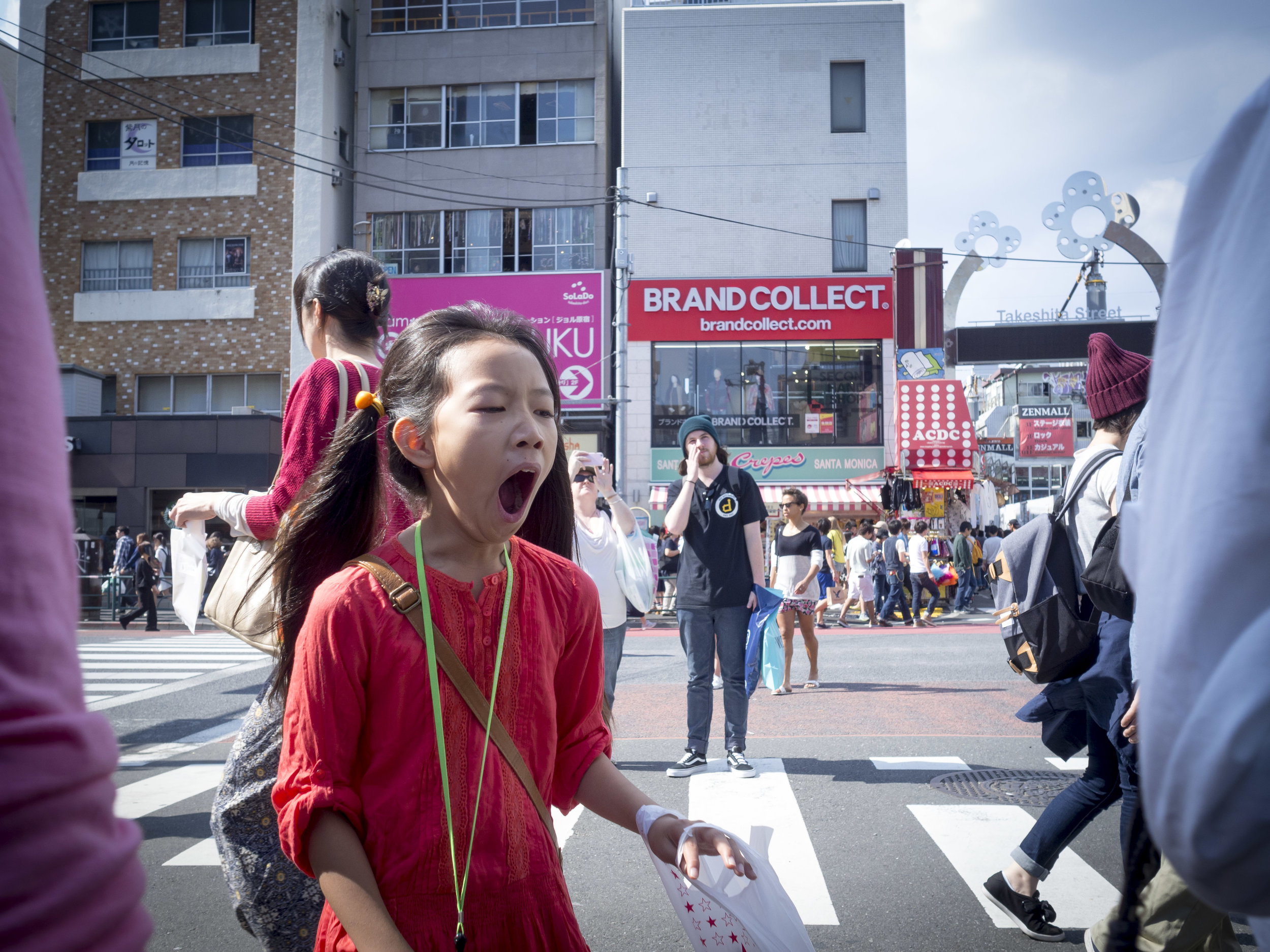
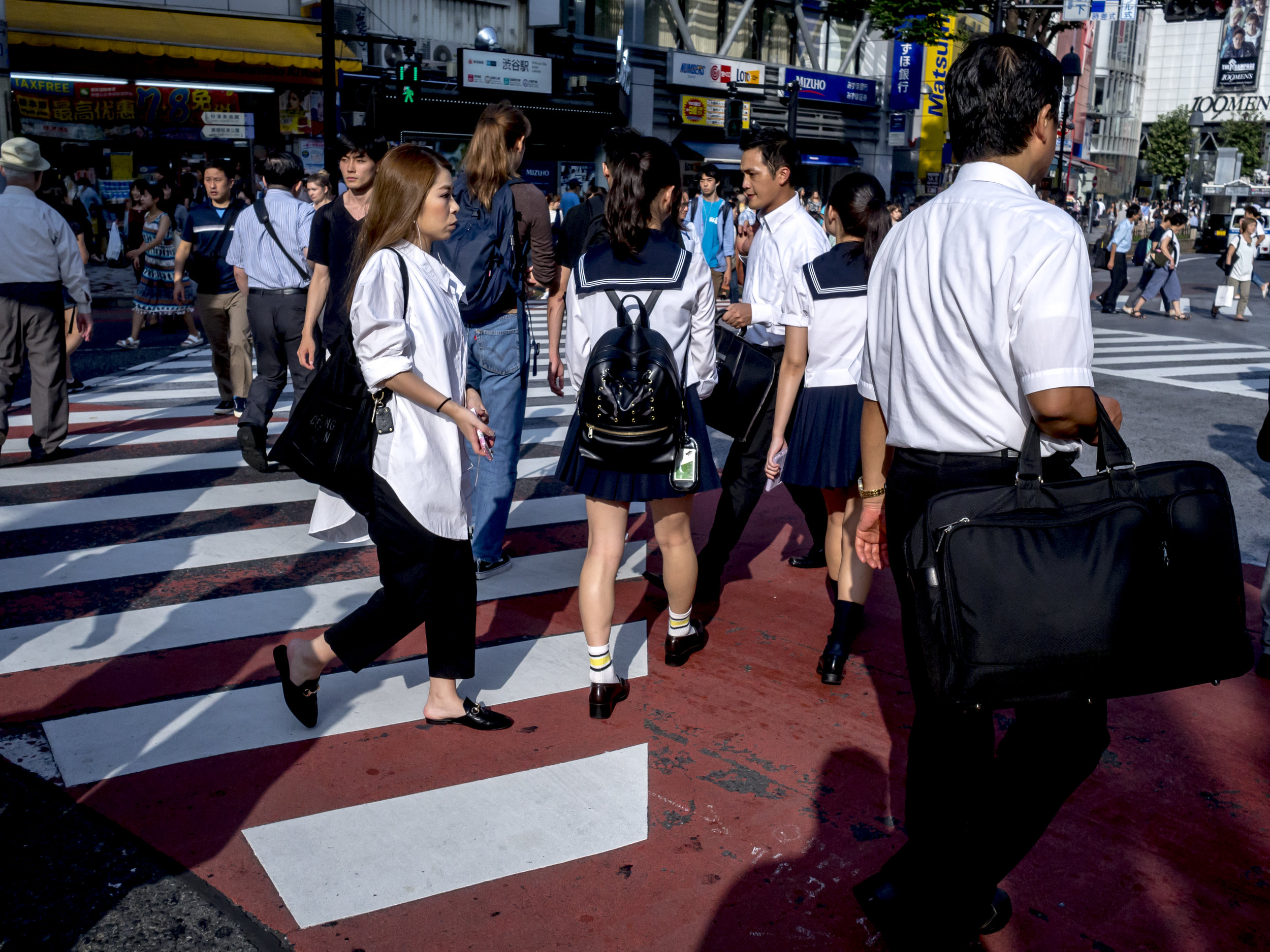
More example above. The first two images were again taken at f1.8 in almost darkness.
12-40mm at 40mm f4.
Not a compelling image, but for an example, sufficient (unless you are offended by the blatant labelling of women). This is the other side of the coin. The 12-40 f2.8 has very "modern" or portrait friendly Blurring. It gives a sharp focus point with excellent colour and contrast and very quickly rolls off into buttery smooth Bokeh. I have found this less satisfactory though for street grabs. Even at f2.8 to f4 I struggle to get a cohesive and subtle drop off, it tends to be in or out with not much in between. A great portrait and landscape lens, but too finicky for street.




This set shows the benefit if the 12-40's delicious "portrait" style Bokeh. All shot at 40mm f2.8, drifting through the focus range until a harmonious balance was achieved.
Another lens that looks to excel in the Bokeh department, even though it is more challenging to produce it, is the 75-300. The colour and smoothness of this lens still surprises me and the Bokeh is an added bonus.
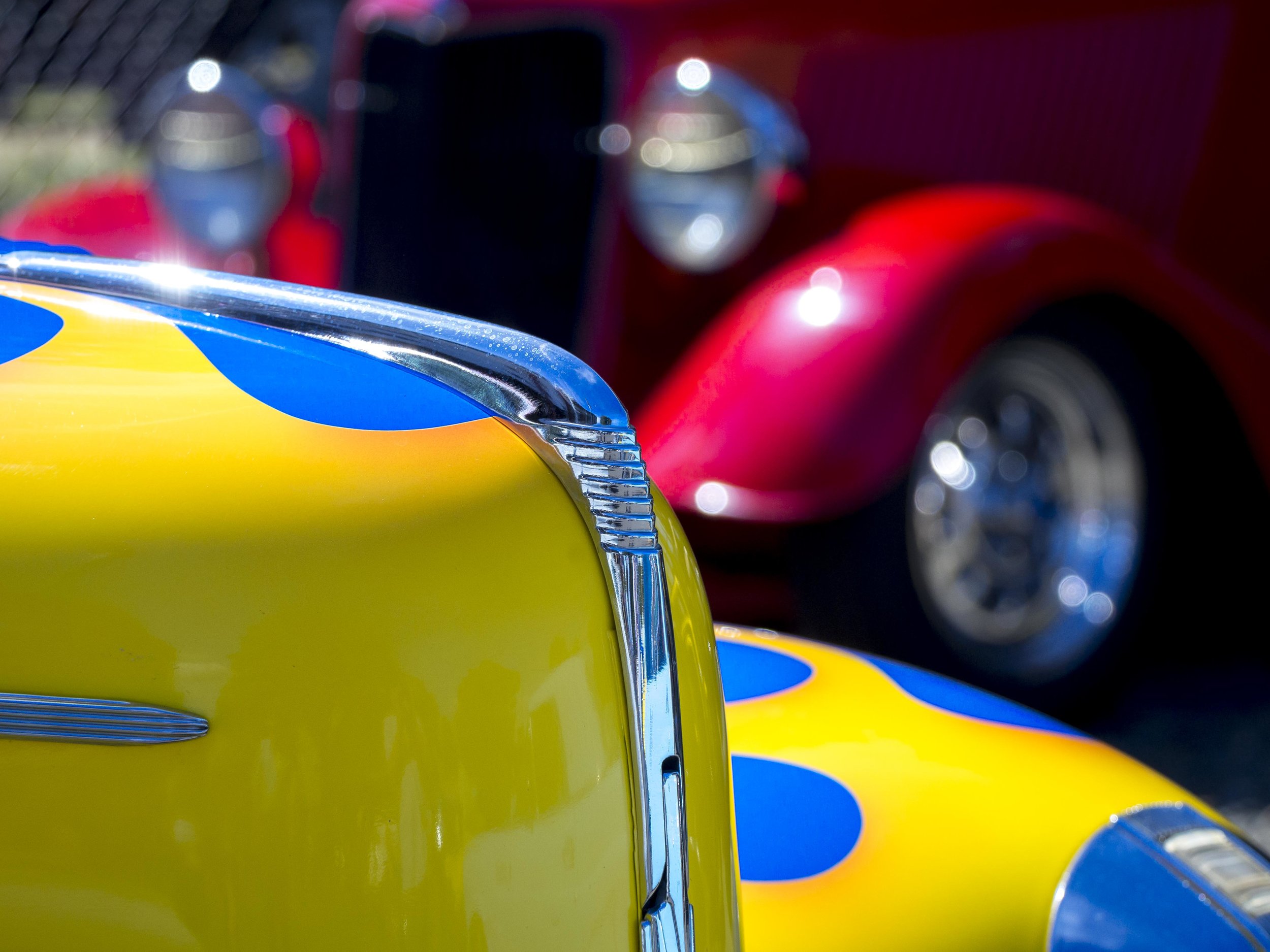


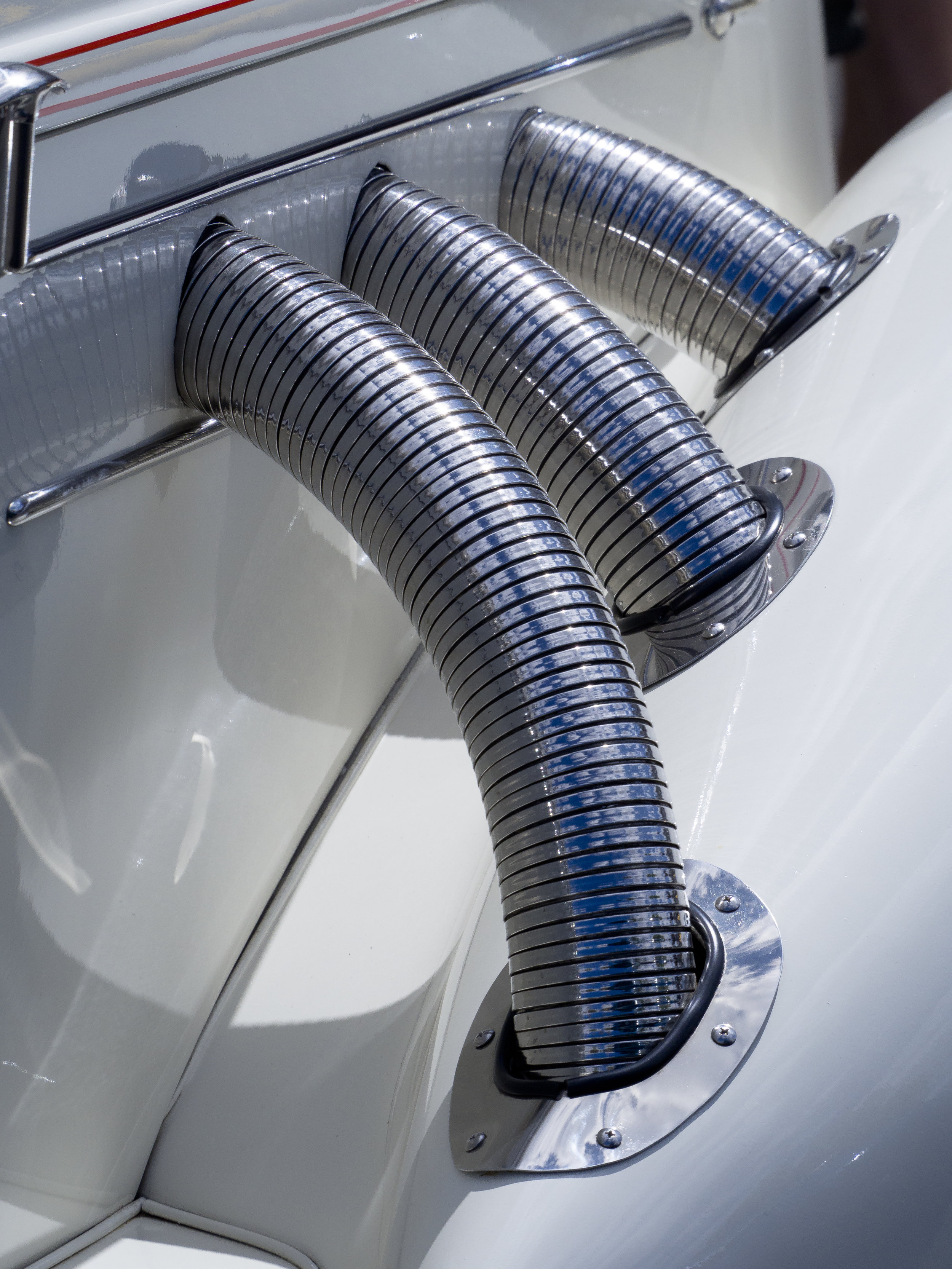
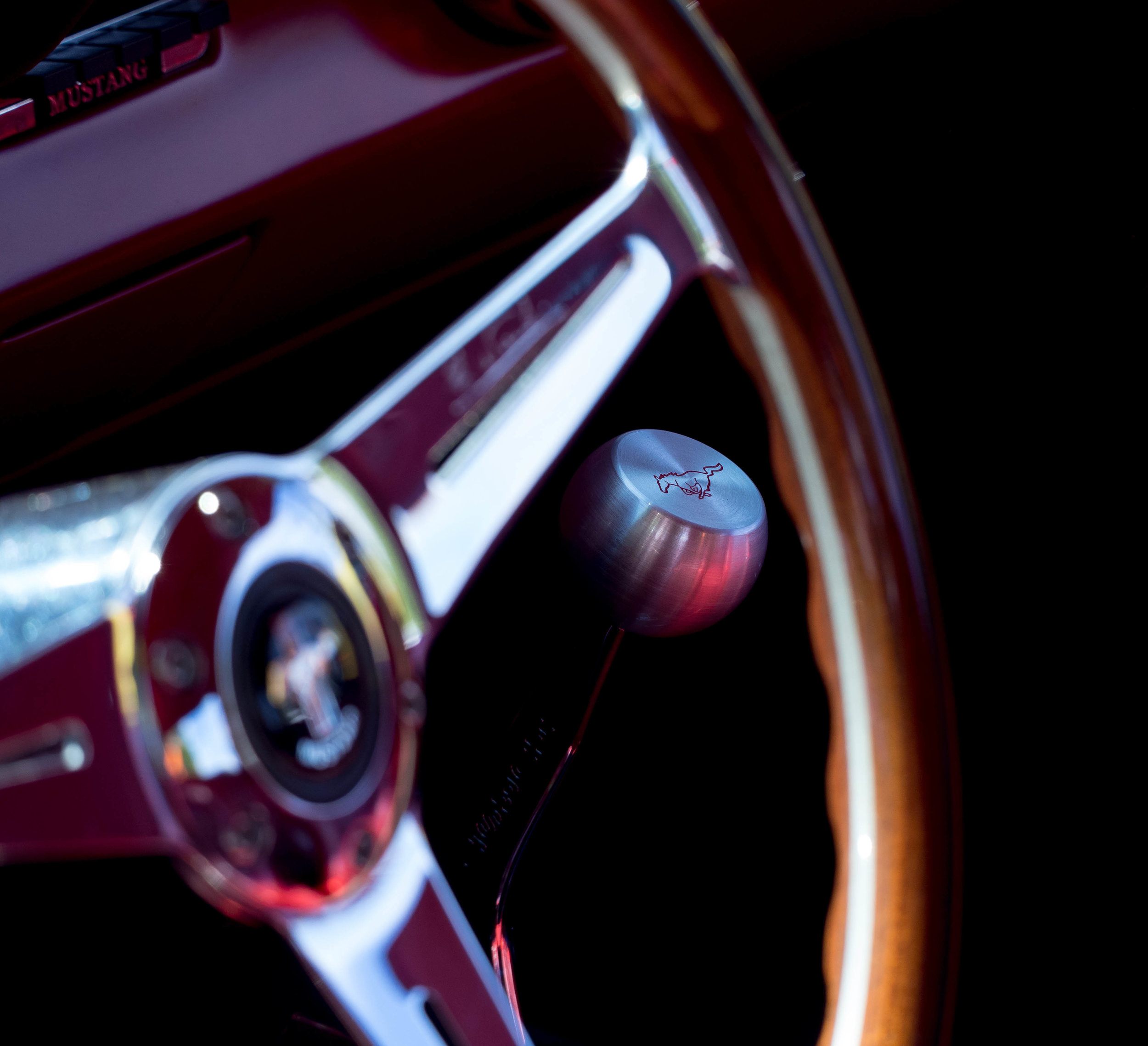

The first image shows the wire fence, Bokeh torture test and the last was literally saved from deletion by the Bokeh it shows. As I tend to use the lens for details and close ups, it's Bokeh comes up often. This is one of those lenses that I've noticed make me use the Bokeh creatively, where others, on a more subconscious level make me think in more limited way.
Bokeh is real, but it is also subjective. The common trend at the moment is in response to the generally more comfortable smoothness some lenses produce easily and dismiss the lenses with less "perfect" characteristics, but that it is only one way Bokeh can be perceived and used creatively. You can rarely remove an element of Bokeh from your images completely, so you would be better off to learn it's best uses, lens by lens.



